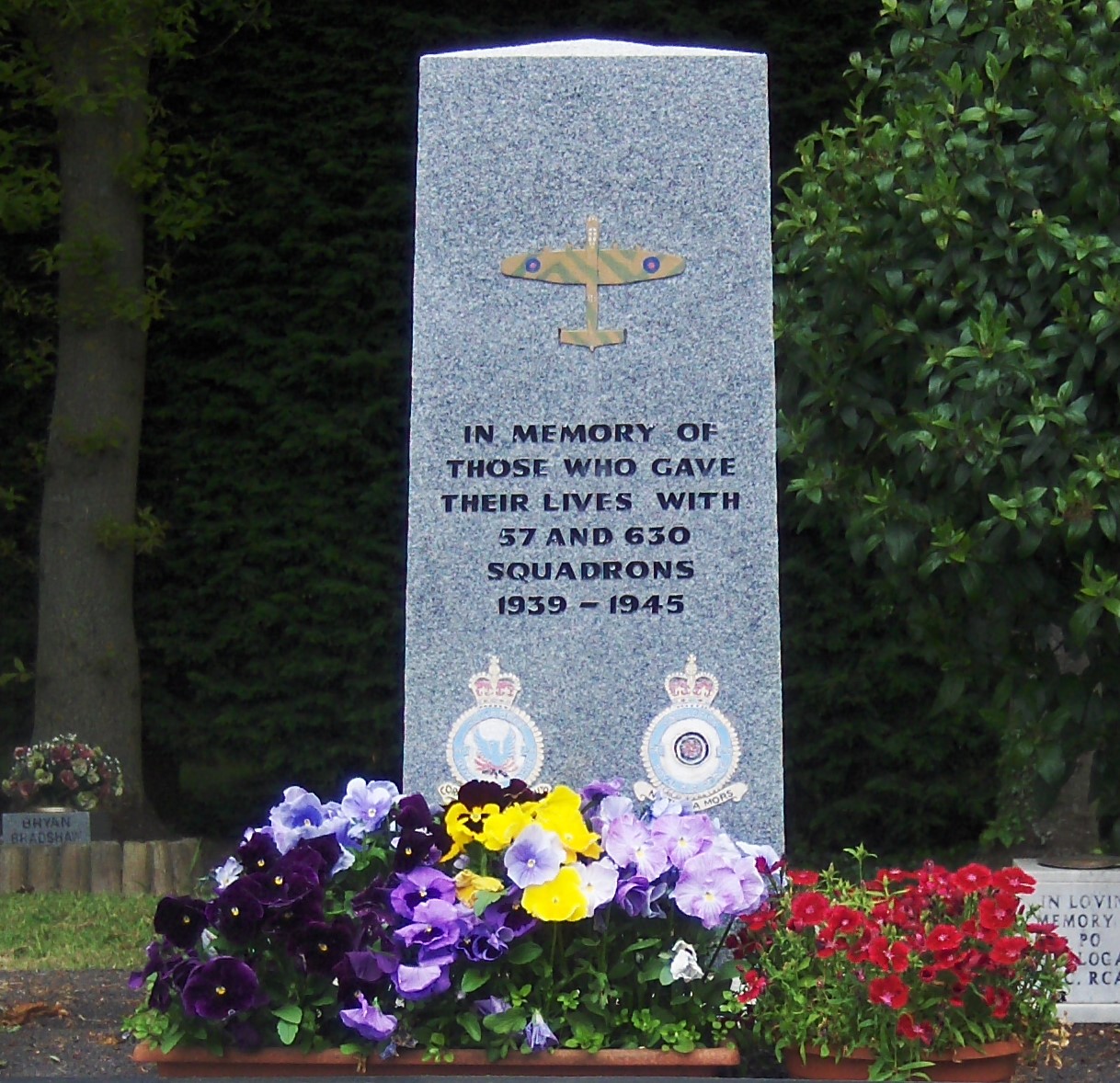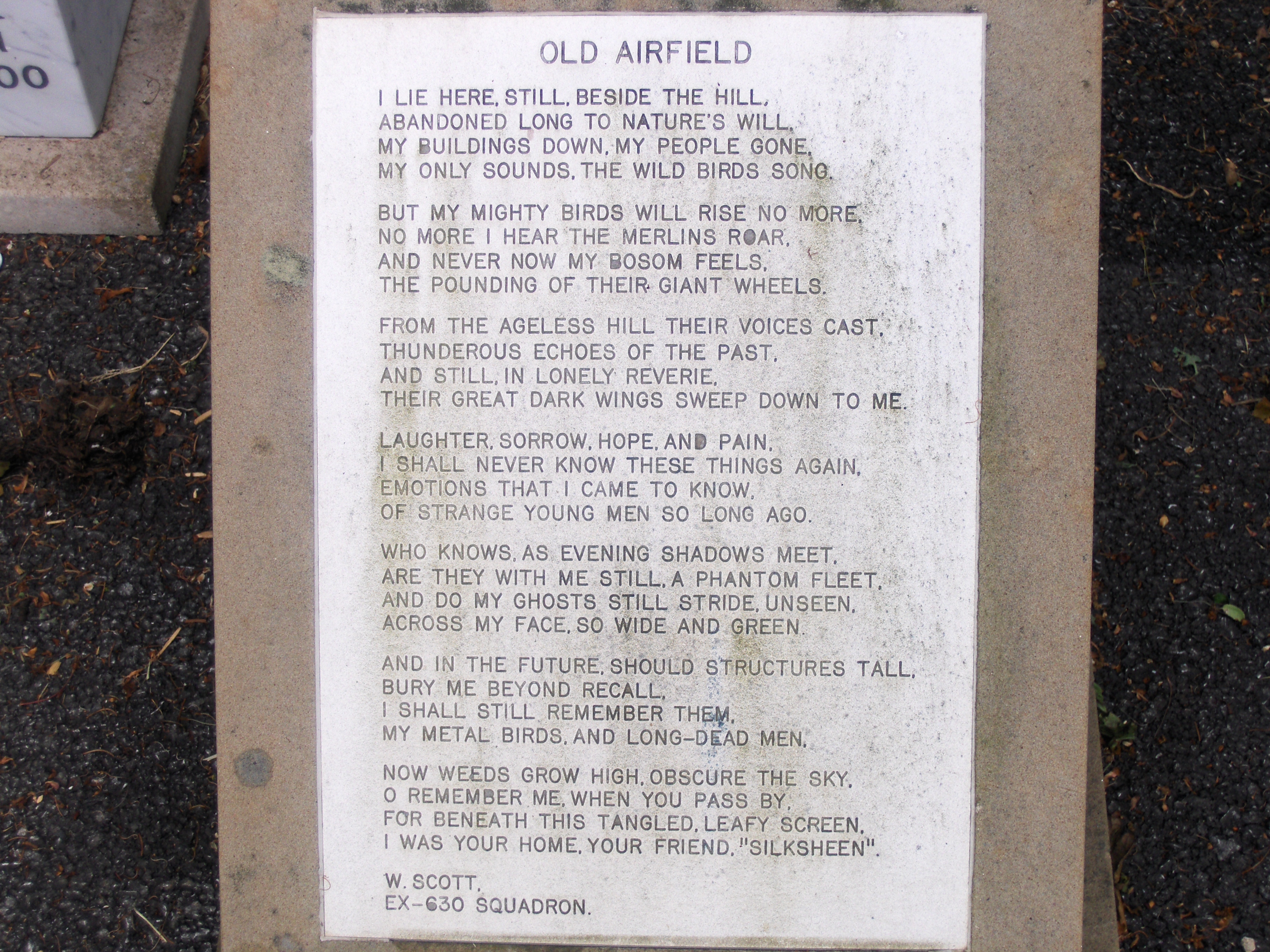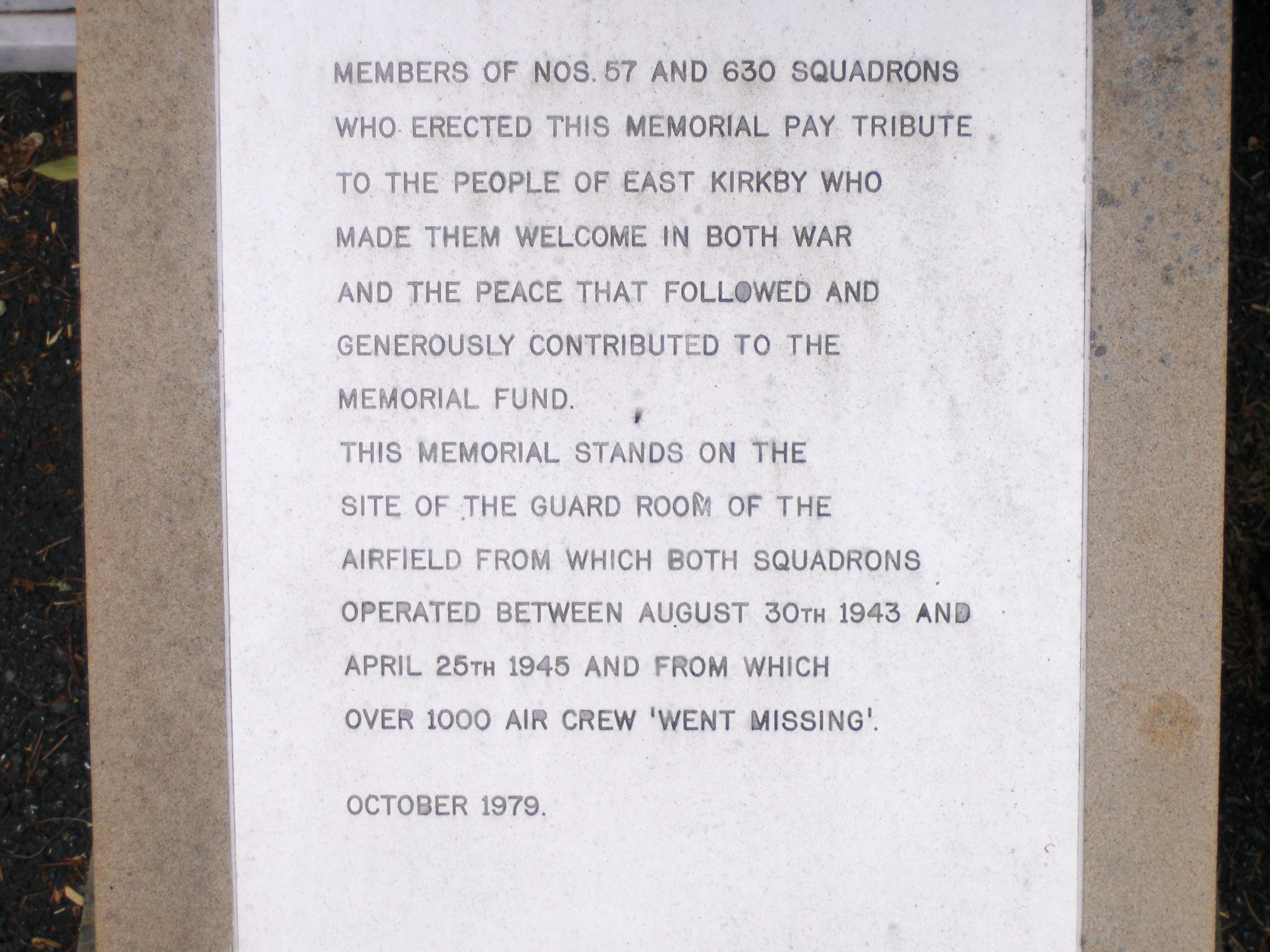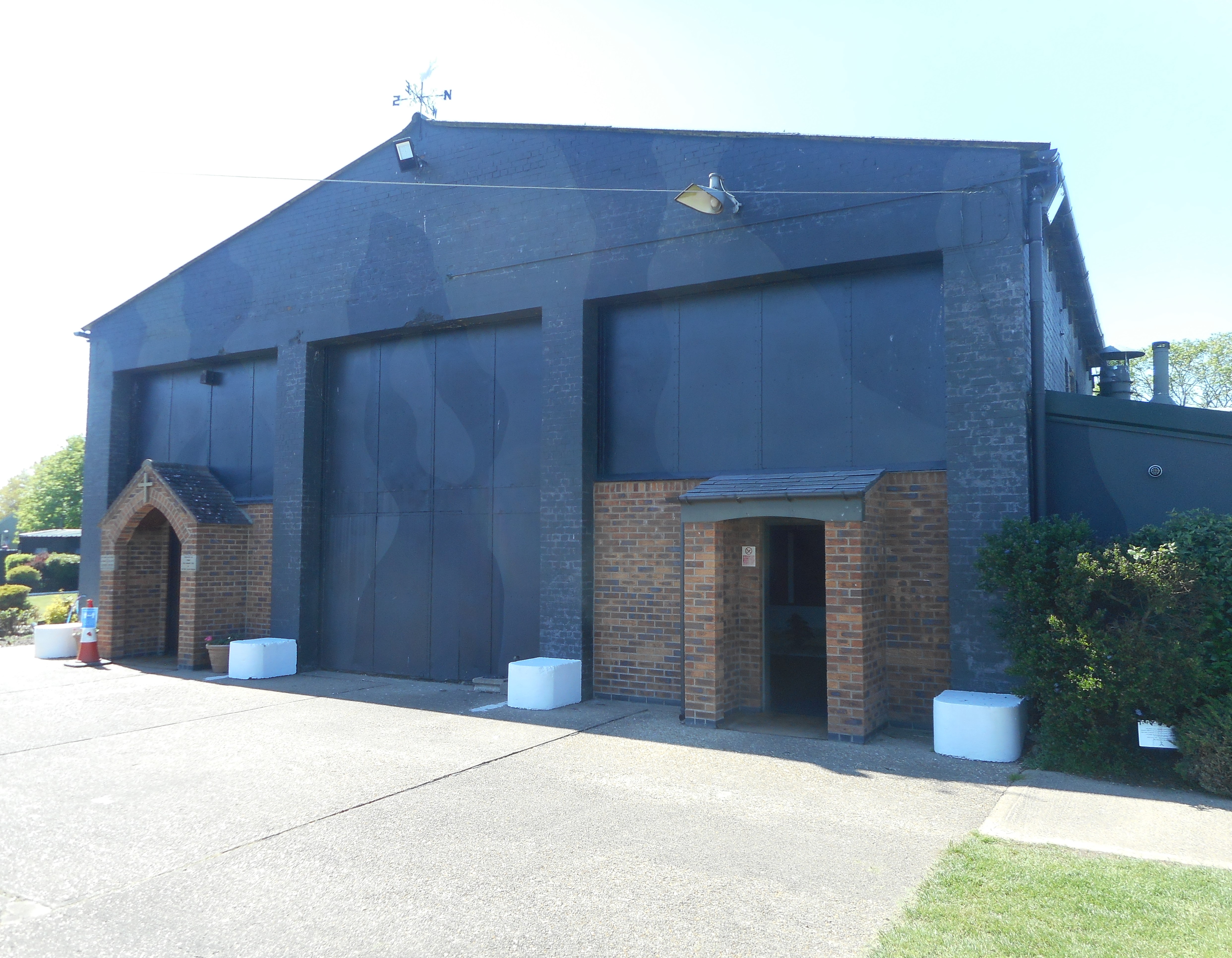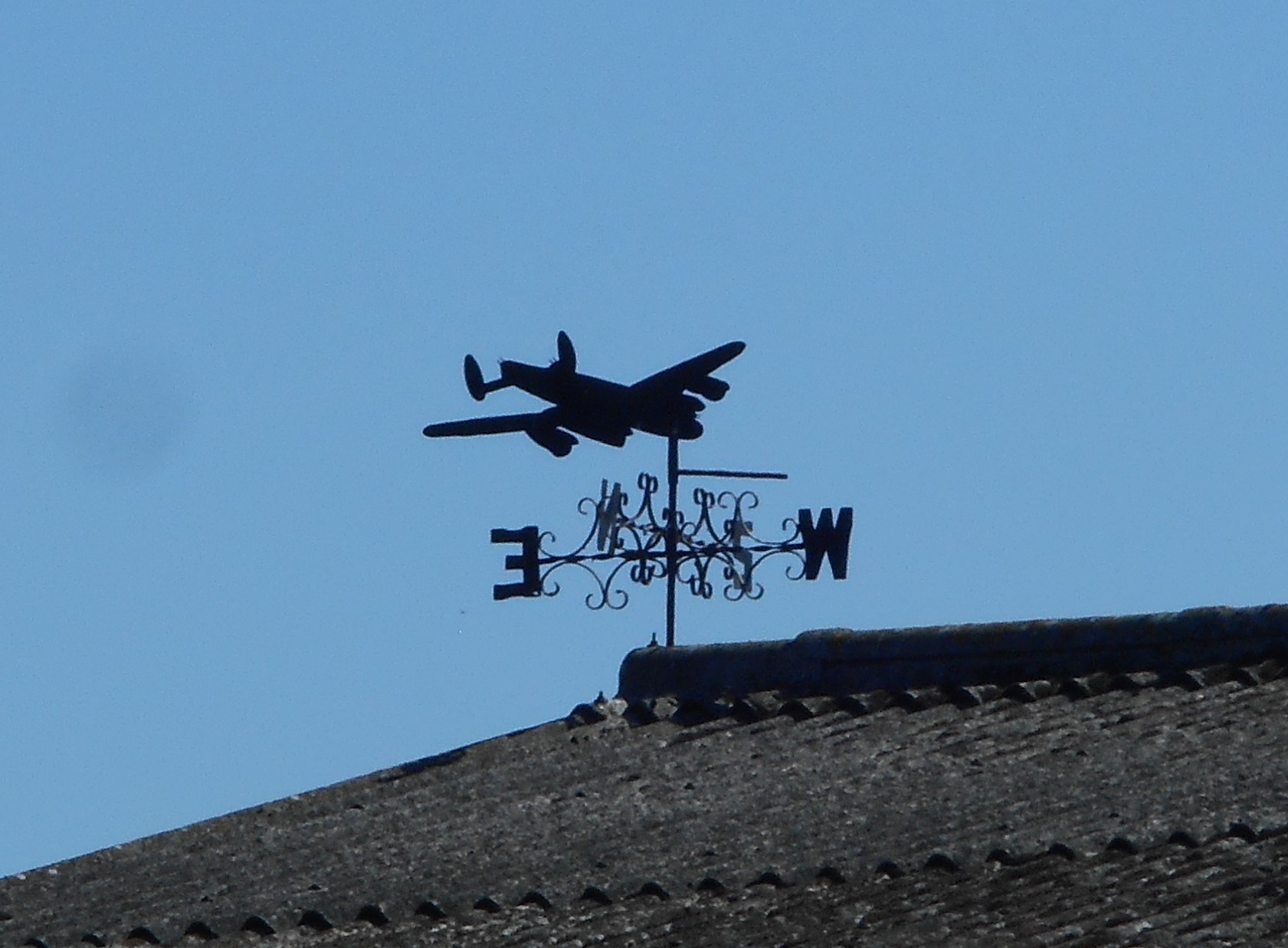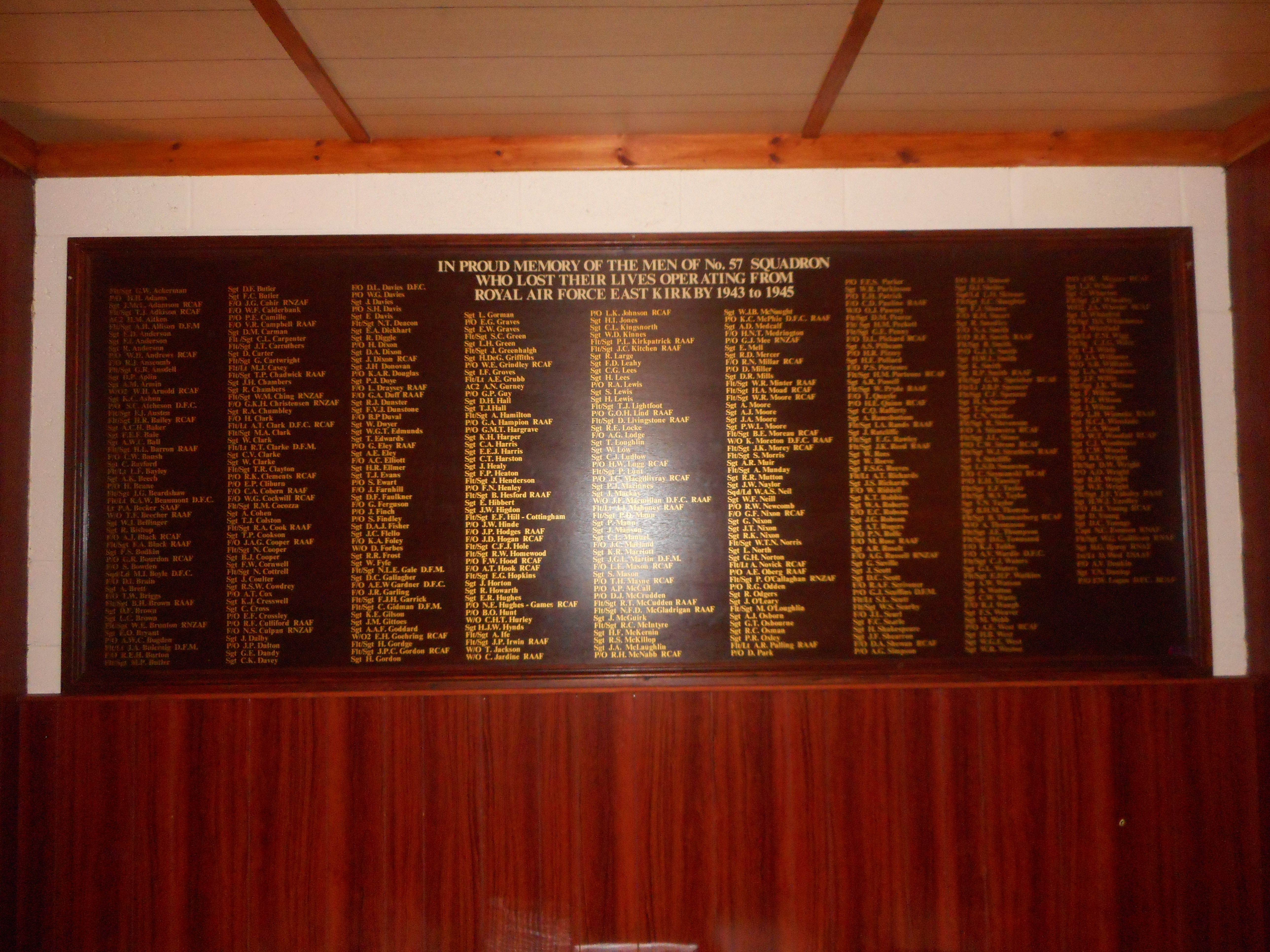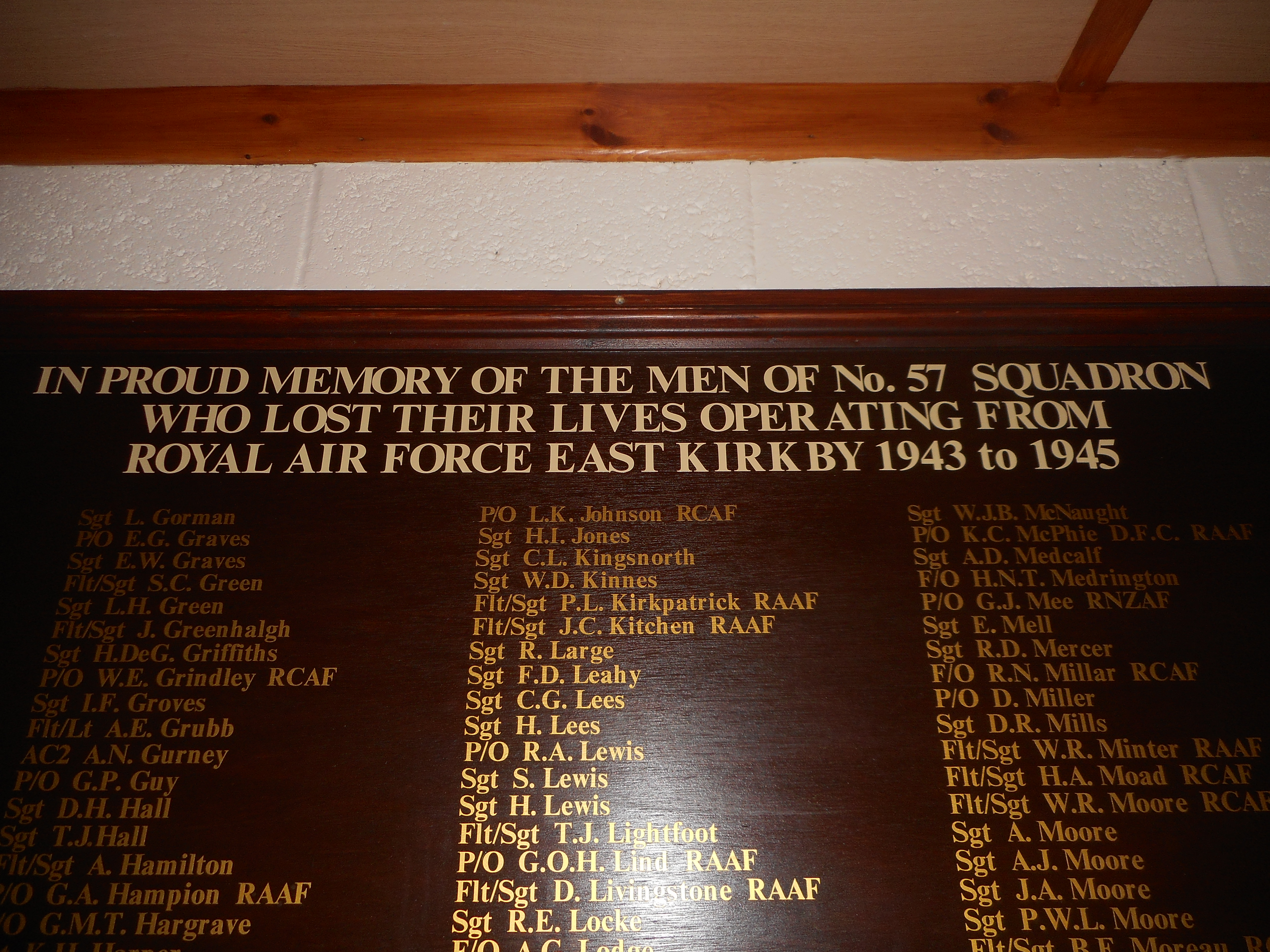Hampton, George Alfred
Personal Information
| Rank | P/O |
| Forename(s) | George Alfred |
| Surname | Hampton |
| Gender | M |
| Age | 22 |
| Date of Death | 24-03-1944 |
| Next of Kin | Son of Alfred and Elizebeth Hampton, of Belmont, Western Australia. |
Aircraft Information
| Aircraft | Avro Lancaster III |
| Serial Number | ND671 |
| Markings | DX-I |
Memorial Information
| Burial/Memorial Country | Germany |
| Burial/Memorial Place | Hanover War Cemetery |
| Grave Reference | 15. K. 1. |
| Epitaph | EVER REMEMBERED |
IBCC Memorial Information
| Phase | 1 |
| Panel Number | 44 |
Enlistment Information
| Service Number | 415527 |
| Service | Royal Australian Air Force |
| Group | 5 |
| Squadron | 57 |
| Squadron Motto | Corpus non animum muto (I change my body, not my spirit) |
| Trade | Pilot |
| Country of Origin | Australia |
Other Memorials
| Location | Lincolnshire Aviation Heritage Centre, East Kirkby, Lincolnshire |
| Country | United Kingdom |
| Memorial Type | Sculptures, Inscribed Memeorial Stone & Inscribed Metal Plaques |
| Memorial Text | In memory of those who gave their lives with 57 and 630 Squadrons 1939 - 1945 |
| Location | Lincolnshire Aviation Heritage Centre, East Kirkby, Lincolnshire |
| Country | United Kingdom |
| Memorial Type | Stenciled 57 Sqn RoH in site Chapel |
| Memorial Text | In proud memory of the men of No. 57 Squadron who lost their lives operating from Royal Air Force East Kirkby 1943 to 1945 |
Miscellaneous Information
| George was born in Aldershot but the family emigrated to Australia between the wars, hence George joined the Royal Australian Air Force, signing on in Perth Western Australia. George’s father, Alfred, was a WWI veteran with the Dragoons of the Line (cavalry- British Army). Geroge's younger brother, 427829 F/Sgt. Thomas Raymond Hampton, was killed with No 14 (Pilot) AFU on 10th May 1944 and is buried in Banff Cemetery. He had taken off in an Airspeed Oxford BG220 for a solo non-operational training flight and crashed at 1000hrs at Mains of Kinnoch, Ellen, Aberdeenshire. |
Commonwealth War Graves Commission
The National Archives
| Record of Events (Operational Record Book) AIR 27/539/6 |
| Summary of Events (Operational Record Book) AIR 27/539/5 |
Fellow Servicemen
Please note that this list gives all the losses aboard the quoted aircraft and occasionally these may have occurred on an earlier date when the aircraft was not itself lost. Please check the dates of death carefully.
Last Operation Information
| Start Date | 24-03-1944 |
| End Date | 25-03-1944 |
| Takeoff Station | East Kirkby |
| Day/Night Raid | Night (1% moon) |
| Operation | Berlin |
| Reason for Loss | Shot down by flak near Geseke |

